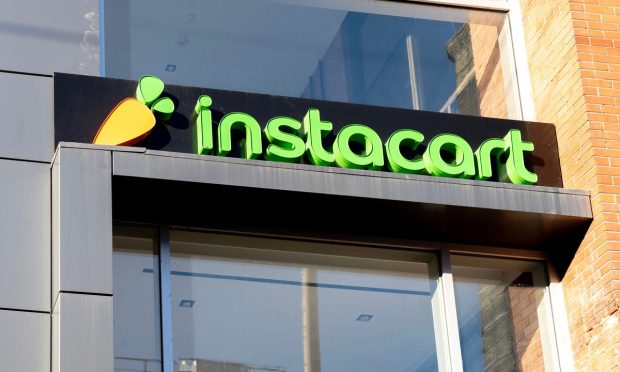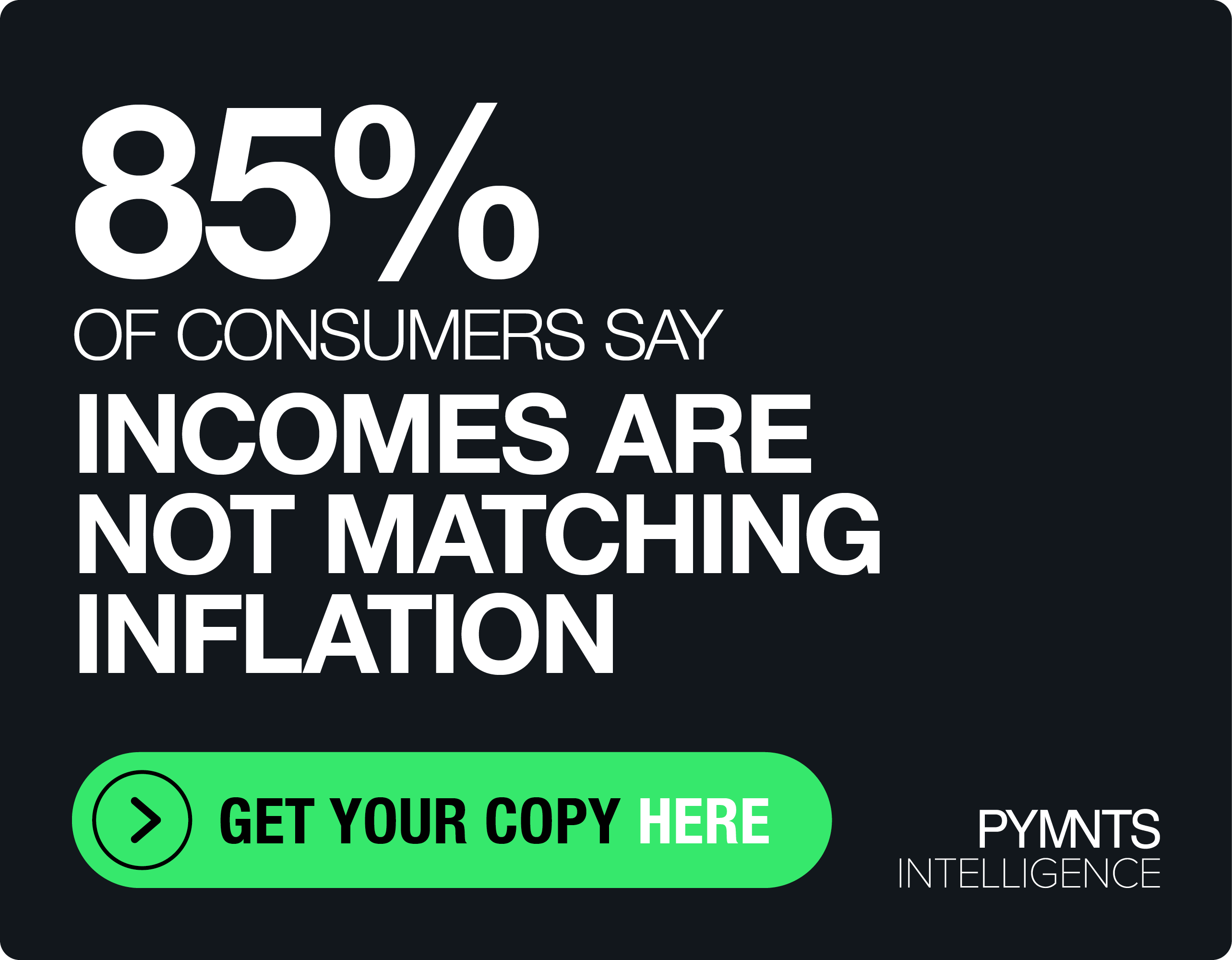Instacart Partners With WPP to Supplement Delivery Revenue With Ad Sales

With the unforgiving margins of grocery delivery making it tough to run a profitable business, Instacart is going all in on advertising.
The grocery aggregator announced in a Tuesday (Feb. 1) press release that it is partnering with London-based multinational advertising and communications company WPP to offer advertising solutions and analytics tools to consumer-packaged goods (CPG) brands on Instacart’s marketplace.
“Instacart Ads is designed to support brands of all sizes, helping them access the opportunity to deeply engage with their customers online,” said Instacart Vice President of Sales Ryan Mayward in the release. “We’re excited to partner with WPP to continue delivering that experience and together equip brands to succeed in the digital aisles with robust insights capabilities and educational resources.”
The partnership gives WPP clients early access to Instacart ad products and avails the agency of Instacart’s analytics application programming interface (API) and data integration tool, offering insight into consumers’ basket building and other shopping habits. Plus, the companies are working together to build an Instacart Ads agency certification program.
The announcement comes less than a week after Instacart announced its own new suite of marketing products for brands Wednesday (Jan. 26), which included branded pages and new display ads. These moves make sense, given that both delivery and grocery are notoriously narrow-margined categories, and as such grocery delivery can be nearly impossible to run as a profitable business. By monetizing eyes on the platform, Instacart gives itself more room to maneuver.
See more: Instacart Steps up Ad Offering for Brands
With this move, brands can take advantage of consumers’ growing demand for online grocery. Research from PYMNTS’ study “What Consumers Expect From Their Grocery Shopping Experience,” created in collaboration with ACI Worldwide, found that 34% of grocery shoppers are buying online, with 18% ranking the channel as their most preferred.
Read more: Digital Features Can Help Grocers Win Over 43% of Shoppers
Notably, however, the study found that only 2% rank buying online using an aggregator that delivers the products the same day as their most used purchasing method. Eleven percent of consumers reported using these aggregators overall.
Additionally, according to data from PYMNTS’ How We Eat Playbook, created in collaboration with Carat from Fiserv, 43% of all consumers are ordering home delivery for their restaurant meals or groceries more often now than they did before March 2020.
See more: Restaurants and Grocers See Path to Picking up 200M New Customers
As some of the newer on-demand grocery delivery services are struggling to make the economics of the model work, Instacart has been finding ways to open up new revenue streams. In addition to this advertising initiative, Instacart announced weeks ago the launch of its Ready Meals Hub, which competes with restaurant delivery services by offering prepared meals from grocery stores.
Read more: Instacart Aims to Price out DoorDash With Launch of Meal Delivery
Around the same time, the company also announced an expansion of its partnership with Chase to launch a co-branded card, the Instacart Mastercard credit card, incentivizing purchases.
See more: Instacart Launching Co-Branded Credit Card With Chase, Mastercard
